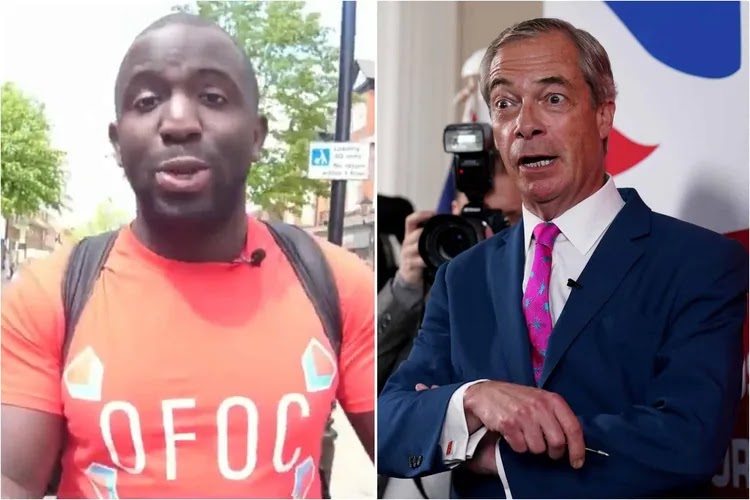Power Without Purpose: Why the U.S. Is Losing in the Trade War with China
“Friday, in a quiet room in Beijing, while Washington threatened sanctions, European negotiators represented by Spanish Prime Minister Pedro Sanchez were busy discussing trade, not tariffs, with China.” This simple scene, underreported yet deeply symbolic, sets the tone for a shift in global politics that might define this decade. While the U.S. remains the most powerful economy in nominal terms, its influence is increasingly challenged not just by China’s growing economic clout, but also by a noticeable retreat in ideological leadership.
The Real Numbers Behind Superpower Wealth
When comparing China and the U.S., raw GDP numbers can be misleading. The U.S. had a nominal GDP of about $28 trillion in 2024, while China stood at around $18.5 trillion. But purchasing power parity (PPP) tells a different story: China's GDP rises to roughly $33 trillion in PPP terms, outpacing the U.S. This means that China can buy and produce more with each dollar it earns—an advantage when it comes to domestic growth and geopolitical leverage.
On a per capita basis, the story flips. China’s 1.4 billion people bring the per capita PPP GDP to around $23,000, while the U.S. boasts nearly $80,000. In short, Americans are still far wealthier on average, but China’s sheer population size and efficient production capabilities mean it is closing the gap in real-world influence.
Strategic Leverage: Trade and the Power to Choose
What happens if the U.S. tells the world: “If you trade with China, you don’t trade with us”? Not long ago, this would’ve been an economic death sentence for most countries. Today, however, it’s more complicated. While the U.S. market is still critical, many nations see China as indispensable—either as a customer, a supplier, or a source of investment.
The threat of forced choices loses bite when countries can hedge their bets. This is visible in Europe’s recent approach. Instead of fully adopting U.S.-led protectionism, the EU has debated removing tariffs on Chinese EVs and replacing them with a minimum price policy. Canada, too, has considered eliminating tariffs on Chinese cars, raising eyebrows in Washington. Meanwhile, Germany—once willing to risk economic suicide in support of Ukraine’s just cause—is now steadily expanding its economic ties with China, especially in manufacturing and green tech. Same for France that has hosted high-level talks on joint AI development. Even Italy, which had stepped away from China’s Belt and Road Initiative under U.S. pressure, recently signed energy and luxury goods trade agreements with Beijing.
These moves show that even long-standing allies are recalibrating their alignment—not away from the U.S., but toward more balanced relationships that accommodate China.
If This Were the Cold War...
During the Cold War, American foreign policy was anchored in ideology. Democracy, freedom, and capitalism weren’t just buzzwords; they were weapons. Institutions like USAID, Radio Free Europe, and Voice of America projected American ideals across the globe. Aid came with expectations. Cultural exports carried implicit values.
Contrast that with today’s landscape. When Trump entered office in 2025, he inherited an America ideologically weakened by years of internal fragmentation. Previous administrations, particularly Obama’s and Biden’s, emphasized progressive domestic policies—sometimes seen abroad as ideological overreach. Issues like radical environmentalism and gender identity debates alienated key regions. Rather than export universal values, America began exporting cultural conflicts.
Trump’s instinct to defund ideological tools like USAID and VOA wasn’t irrational—these institutions had drifted from promoting classic American values. But the mistake wasn’t in the removal; it was in the vacuum that followed. He didn’t replace them with structures aligned to his vision of American identity: strength, sovereignty, and meritocracy. This left allies unsure of what America stood for, even as it asked them to pick sides.
The Rise of Strategic Ambiguity in the EU
This ideological retreat created space for ambiguity. Europe, lacking a clear moral framework from the U.S., started making its own calls—mostly based on economics. The idea of choosing between China and the U.S. seemed outdated. Instead, EU leaders are now embracing coexistence strategies. That includes joint investments in Africa with China, sharing AI research, and exploring industrial cooperation in strategic sectors.
In a different era, these moves might have prompted outrage in Washington. Today, they’re met with frustration but little change. The lack of moral clarity undermines U.S. arguments about “right” and “wrong” global partners.
Ideology Still Matters — Just Not America’s
Ironically, China hasn’t abandoned ideological warfare—it has just been subtler. It promotes stability, sovereignty, and state-led prosperity, offering a compelling model to nations skeptical of Western liberalism. Its global media networks and Confucius Institutes aren’t just cultural outreach—they’re soft power tools designed to reshape how the world sees governance and prosperity.
China doesn’t ask nations to copy its model, but it presents it as a viable alternative to the West. In the ideological vacuum left by the U.S., that’s more than enough.
What Happens When Morality Fades from Policy?
Without ideology, foreign policy becomes transactional. The U.S. is now treated like just another dealmaker. That’s fine when the economy is booming—but it’s a weak foundation when rival powers start offering sweeter deals, fewer lectures, and more flexibility.
If this trajectory continues, we might see a new world order where moral alignment is optional. Strategic partnerships will be built on pricing, logistics, and neutrality—not shared values.
The West may eventually wake up to a chilling reality: you can’t win a global contest with numbers alone. You need a story. And if you don’t tell it, someone else will.




.jpg)
